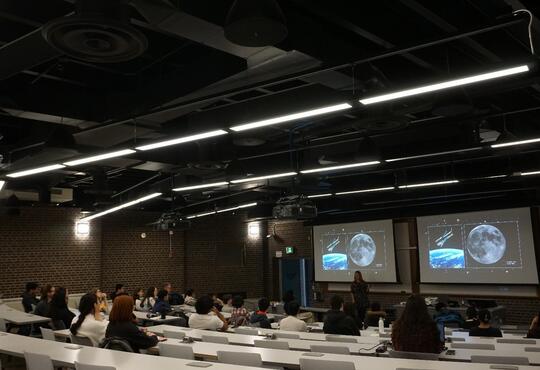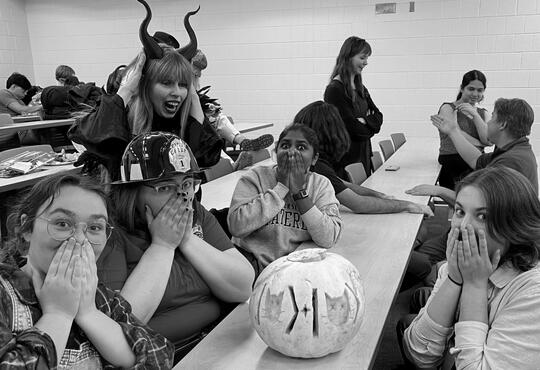One thing you may miss about hanging out in UWaterloo Physics is a chance to have great physics conversations with friends. Well, two alumni want to share the fun of one of their conversations with you! Their bavardage focuses on the question: can 2 helium atoms bind together to exist as a molecule?
You may remember Jim Martin from such courses as Analogue Electronics, Friend or Foe?, or Thermal Physics, Can You Take the Heat? And if you’re a recent graduate, one of your classmates would have been the luminiferous Urja Nandivada, featured in a past Entangler article.
Through the magic of technology and their sponsors, BornVPN, their ten months of fun has been transformed into a 15 minute video.
The video focuses on a wonderful experiment by Schöllkopf and Toennies, who demonstrated the existence of that elusive helium “molecule” using a surprising application of matter-wave interference. Remember the de Broglie wavelength (from such courses as Phys 234, Waves or Spins?)? On the pulses of an ultrafast laser, the wavicles duo surf the de Broglie wavelength through a diffraction grating showing how the helium molecule was observed using a striking optical analogy.
How did they get there? One of the 632.8 happy coincidences they met on the way was that Urja just so happened to be working with an ultrafast laser and frequency doubling crystal, as one does. That laser and crystal were key to providing an illuminating visual analogy to what was happening to the helium atoms (and molecules) during the experiment. And Jim’s research has turned towards a matter-wave interferometry experiment the goal of which can prosaically described as “putting Humpty-Dumpty back together again!”
Through the generosity of the American Institute of Physics, the Schöllkopf and Toennies’ article describing the observation of the helium molecule has been made free to read: https://doi.org/10.1063/1.470772
Finally, a request! Urja and Jim would like to hear from High School Physics and Chemistry Teachers. They have created a set of questions related to the video that allow curious minds to continue exploring the concepts brought up. They hope that formal educators can find a place for these questions within their course and that informal educators as well as general enthusiasts of learning can also appreciate the supplementary work as well!






